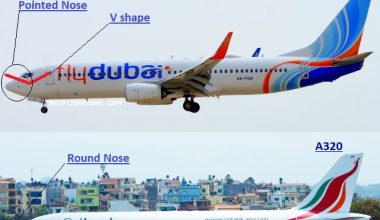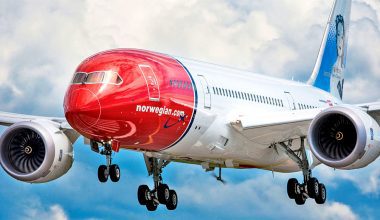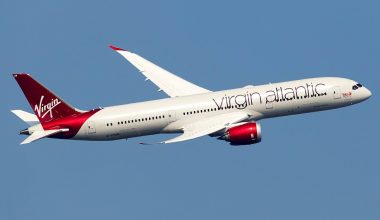The Russian Helicopters are some of the leading players in the global helicopter industry; the Russian helicopters have left quite a mark in the history of the aviation industry.
One of the most significant features about the Russian helicopters is the wide range of varieties in the segment as it choppers in any national aviation arsenal with their specific functional purposes. Russian has a long history of successful design of helicopters that have contributed equally in military, transport, and other sectors.
All of these wide ranges of varieties with specializing properties, the Russian helicopters have not been only adored within its border whereas, across the globe. Here is the list of Russian helicopters and the reason behind their specific design and built.
1. Kamov Ka-27, 28 and 29
The Kamov Ka modeled Russian helicopter comes in three modes, the standard Ka-27 helicopter, the downgraded version Ka-28 used for the export purpose, and the Ka-29, the assault variant of the Kamov. The modified Kamov Ka-27 and 29 were also spotted operating for the Syrian Navy during the civil war.


The Ka-27 helicopters are 37 ft 1 inch long and have a maximum takeoff weight of 265,455 lbs; the Russian helicopter has a crew capacity of one to three and a couple more specialist space. Similarly, the Ka-29 variants built with similar designs and specifications can be armed with a 1xmobile forward-firing GSHG-7.62 machine gun, 1×30 mm 2A42 cannon, and various bombing features. Russia began its testing on the active electronically scanned radar capabilities for the Ka-27 in 2013; however, during the same year, an exported Ka-32 variant for civil use in British Colombia, Canada, experienced engine problems that were determined due to the poor repentance of the Russian helicopter.
2. Kamov Ka-50 and 52
The Kamov Ka-50 and 52 are another fighter line Russian helicopter, the Ka-50 is the standard model of the line, and the Ka-52, the variation on the theme. The Ka-50 Russian helicopter was used in the Second Chechen War, and its strike on January 6th, 2001, marked the first deployment of the fighter helicopter in combat. On the other hand, the Ka-52 models were deployed during the Syrian Civil War in April 2017, where the Russian helicopters ran operations attacking the ISIS position as part of the Palmyra Offensive. The Ka-52 model was also shown off during the Paris Air Show in 2013 and drew the attention of the global markets, including Egypt.

The Russian helicopter Ka-50 measures 52 ft 6 inches and has a maximum takeoff weight of 23,810 lbs with a maximum speed of 196 mph powered by the 2xKlimov VK-2500 Turboshaft engines. The Ka-50 model can be armed with 1x mobile semi-rigid 30 mm Shipunov 2A42 cannon, S-8, and S-13 rocket launchers, including several kinds of missiles and bombs.
3. Mil Mi-24 and 28
The Mil Mi is another infamous line of the Russian helicopter specializing in the fighting sector. The helicopter with decades of history on its back has been nicknamed plenty of times throughout its decades of service like ‘Galina,’ ‘Crocodile,’ and ‘Drinking Glass.’ The fierce Russian helicopters were used by Ethiopia in the Ogaden War, by Libya in their participation in the Chad Civil War, and the Mi extensively contributing to the Soviet union’s force in their invasion of Afghanistan. On the recent notes, the Assad regime used the Mil Mi helicopters in their attack on Aleppo during the Syrian Civil War.

The helicopter measures 57 ft 5 inches with a maximum speed of 208 mph. It is powered by the 2x Lsotov TV3-117 Turboshaft engines and has the seating configuration to carry either soldier and four stretchers. The Mil Mi-24 can use a wide range of potential arms with the exact armament varying depending on the country’s configuration.
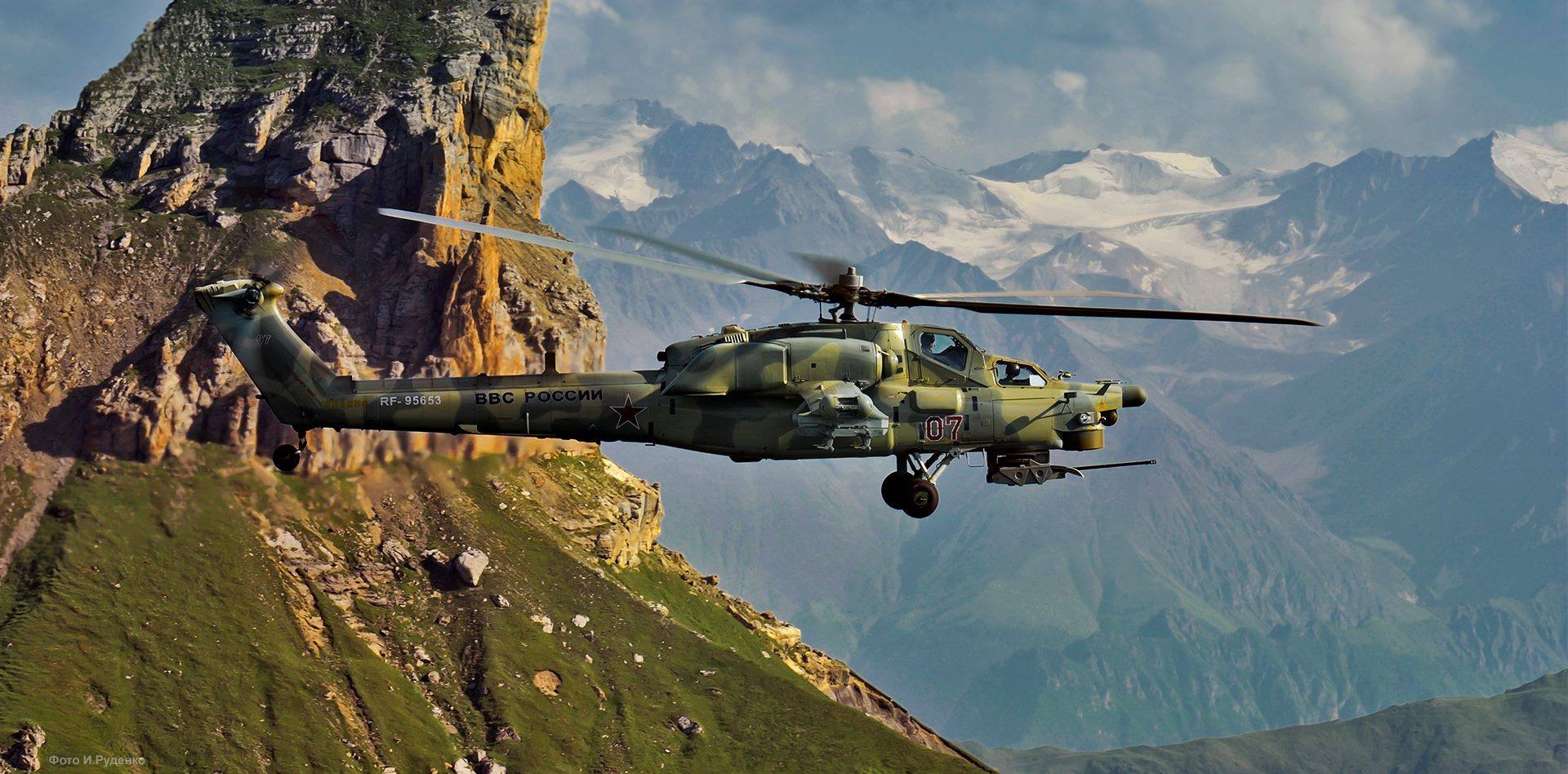
Similarly, the Mil Mi-28 helicopter, another potential Russian helicopter in the fighting segment, has received a long-term state contract to be produced throughout 2027. The aircraft made its combat debut in the Syrian Civil War; during the course, the Mi-28s targeted ISIS, attacking their several positions with S-8 rockets and the 9M120 Ataka anti-tank guided missiles making the helicopter a formidable ally. This Russian fighter helicopter measures 55 ft 10 inches and is powered by the 2x Klimov TV3-117 Turboshaft engines. The Mil Mi-28 helicopter can be armed with 1xchin-mounted 30 mm Shipunov 2A42 cannon, Ataka-V anti-tank missiles, including the integration of S-8 and S-10 missiles.
4. Kamov Ka-60 and 62
The Russian helicopters line Kamov Ka consists of the military variant Kamov Ka-60 and the civilian version Kamov Ka-62. The Ka 60 and 62 helicopters were introduced back in 1998 but went into a development phase for a long time, taking the prototype’s first flight in only 2007.

Even after taking the prototype flight test in 2007, things didn’t sail smoothly for the Russian helicopter; further tests continued for the next decade on the helicopter to sort out engine issues and other problems. So the development, which began as early as 1984, took until 2017 to make its maiden flight in the currently existing successful models.
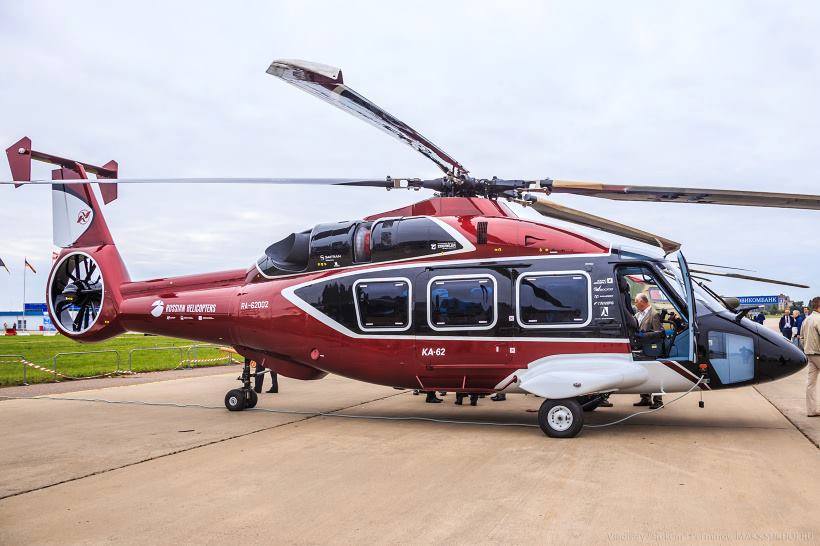
The Kamov Ka-60 measures 51 ft 2 inches and can operate at a maximum speed of 191 mph; the fighter helicopter has the configuration for one or two crew. On the other hand, the civilian variant Lamov Ka-62 can carry 14 infantry troops or be used in the medical capacity of six stretchers.
5. Kamov Ka-226
The Kamov Ka-226 is one of the most-capable Russian helicopters from the transport line. Ka-226, the variant on the old Soviet light utility Ka-26 helicopter, has seen widespread adoption to make a name for itself in the transport segment. The Russian helicopter first entered service in 2002, and several batches of the Ka-226 carrier have been made and sold to clients all over the globe.

The Ka-226 measures 25 ft 7 inches; it can travel at a maximum speed of 155 mph. 2x Turbomeca Arrius 2G1 engines power the helicopter and, with a crew of one or two, can transport up to seven passengers with the holding capacity of 2,314 lbs cargo. According to the data of Aerocorner from March 2021, Argentina has an order of three of the Kamov Ka-226 models, Ukraine with ten, and India has 200 of the Russian helicopters, 135 for its army and 65 for the air force. Also, the Russian Air Force itself has 36 of the variant, whereas the Federal Security Services of the country are equipped with 6 of the Ka-226s.
6. Kazan Ansat
The Kazan Ansat is a multiuse Russian helicopter that saw a long development time to perfect its design and performance. Although the development of the Kazan Ansat started in the late 90s, the helicopter was first introduced for service in 2013 only. Ansat received certification from the Aviation Register of the Interstate Aviation Committee. The Ministry of Defense used the helicopter’s earlier versions, Ministry of Internal Affairs, Ministry of Emergency Situations, FSB, and other authorities of the Russian government.

The Kazan Ansat helicopter measures 45ft and 2 inches with a crew holding capacity of one or two and a seating configuration of seven to eight passengers and two to three stretchers space. The helicopter has a maximum takeoff weight capacity of 7,937 lbs and can travel at the maximum speed of 171 mph powered by the 2x Pratt & Whitney Canada PW207K Turboshaft engines.
7. Mil Mi-8
The Mil Mi-8 is one of the iconic Russian helicopters used for the transport service. Although the helicopter was designed in the 1960s, the helicopters were used in the transport segment during the invasion of the Soviets in Afghanistan in the 1980s. The Mil Mi-8 helicopters were favored during the invasion because of their rugged build, which made them useful fits for the terrain in the region. The Russian helicopter was also used during the decade in responding to the Chernobyl Nuclear Disaster.

The Mil Mi-8 helicopter measures 60 ft 4 inches with a crew capacity of up to three people and passengers set configuration that could fit 24 passengers or 12 stretchers during medical operations. The high space cabin configuration made it one of the most successful Russian helicopters in the transport segment, with a maximum cruise speed of 160 mph.
8. Mil Mi-34 and 38
The Mil Mi-34, which was introduced towards the end of the Soviet Union, made its first debut on November 17th, 1986. Shortly the helicopter was displayed at the Paris Air Show in 1987, which later resulted in mass production of the product line a few years later in 1993 due to its outstanding performance.

The highly aerobatic helicopter is able to perform in all manner of rolls and loops; Mi-34, which measures 37ft 5 inches, has a maximum speed capability of 130 mph. The Mi-34 helicopter has a maximum takeoff weight capacity of 3,197 lbs and is powered by a 1x Vedeneyev M-14V-26V 9-cylinder air-cooled radial piston engine.

Similarly, the Mil Mi-38, one of the multiuse Russian helicopters, was first flown in 2003. But the helicopter’s prototype was still undergoing testing in 2010 until its proper introduction in 2019 for mass orders and production. The first military version of the Mi-38 performed its first test flight on November 23rd, 2018; the final design of the helicopter measures 65ft 5 inches with a maximum speed of 160 mph. Powered by the 2x Klimov TVA-3000 Turboshaft engines, the Mi-38 can carry the maximum payload of 11,023 lbs.


